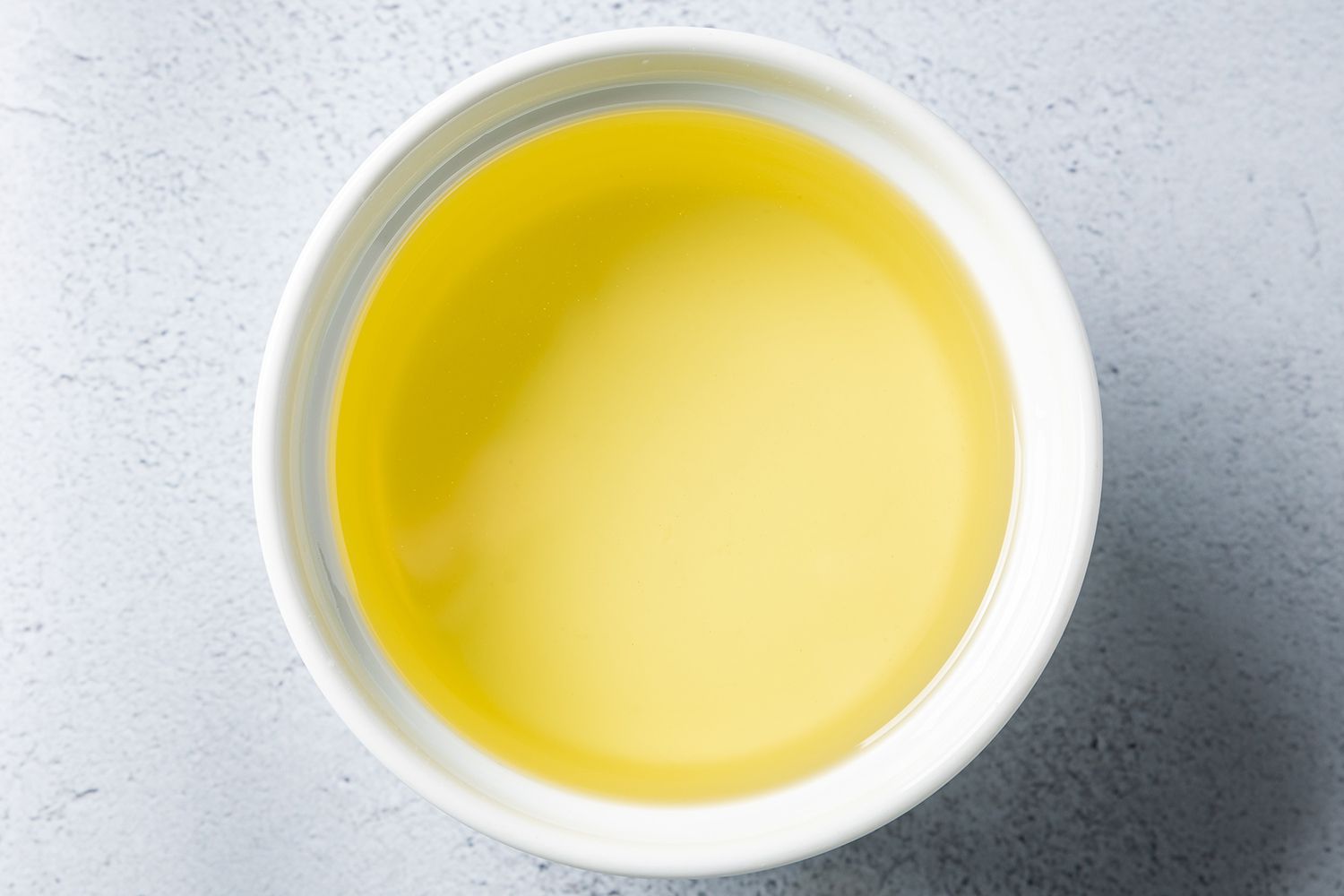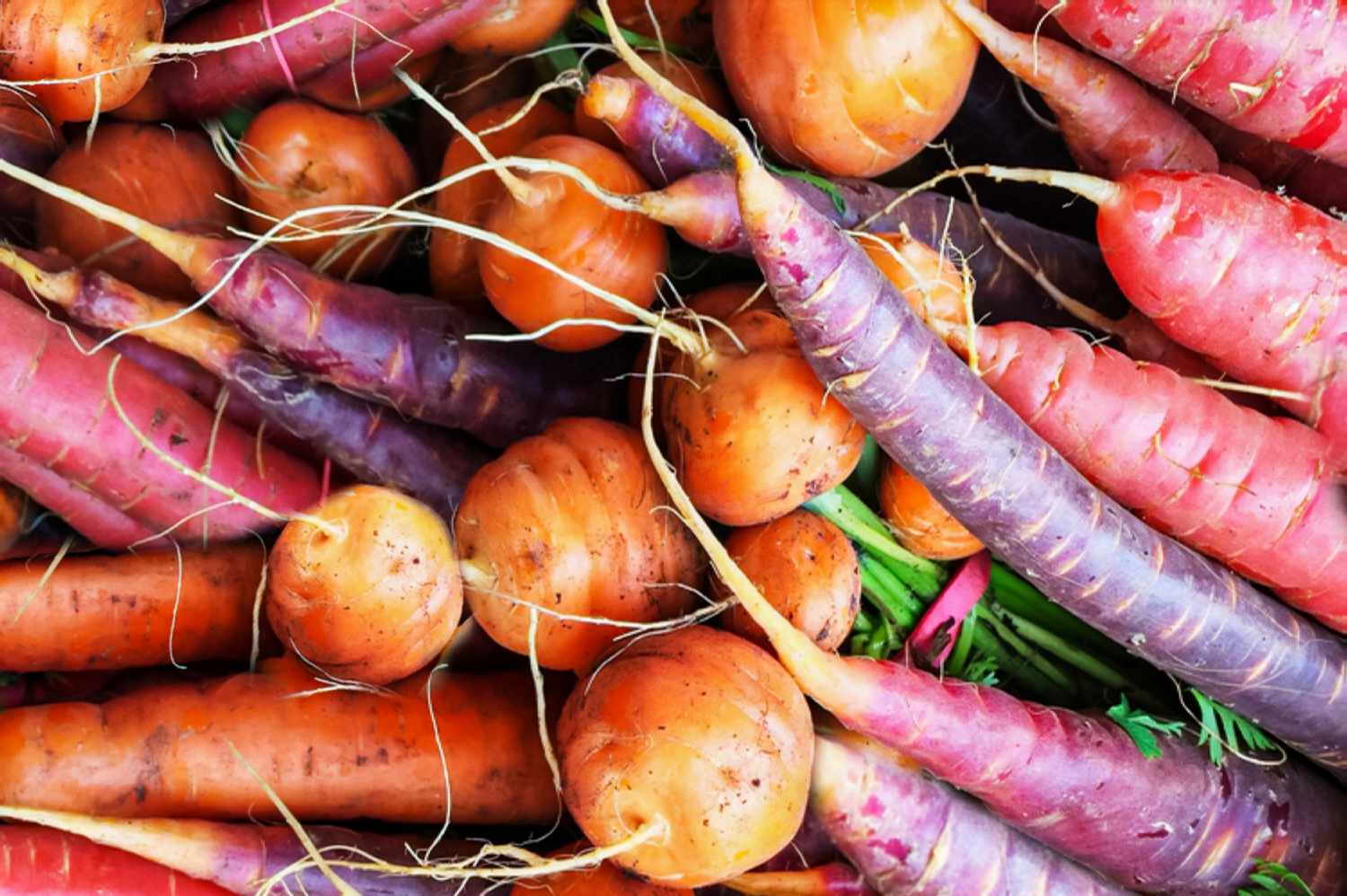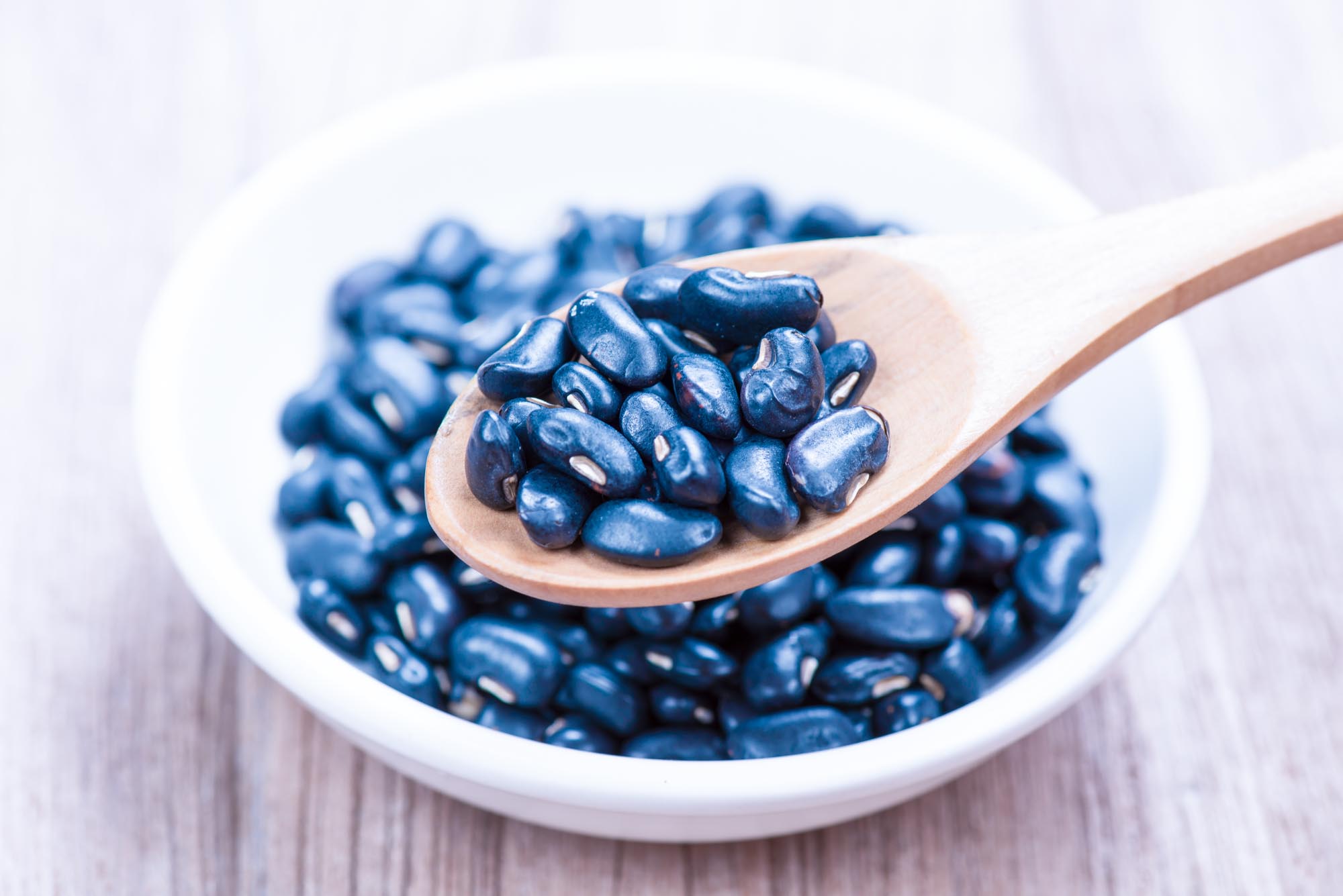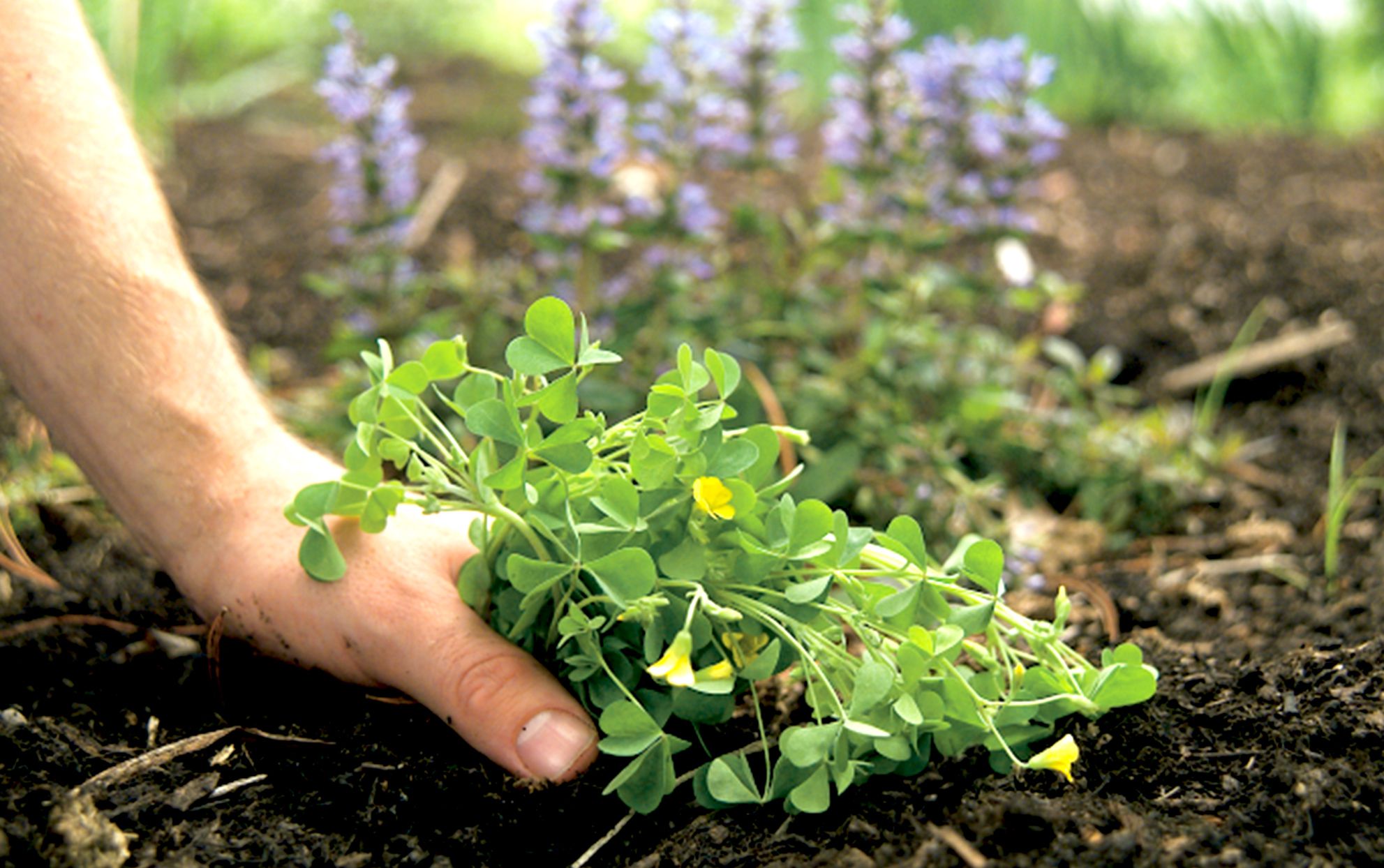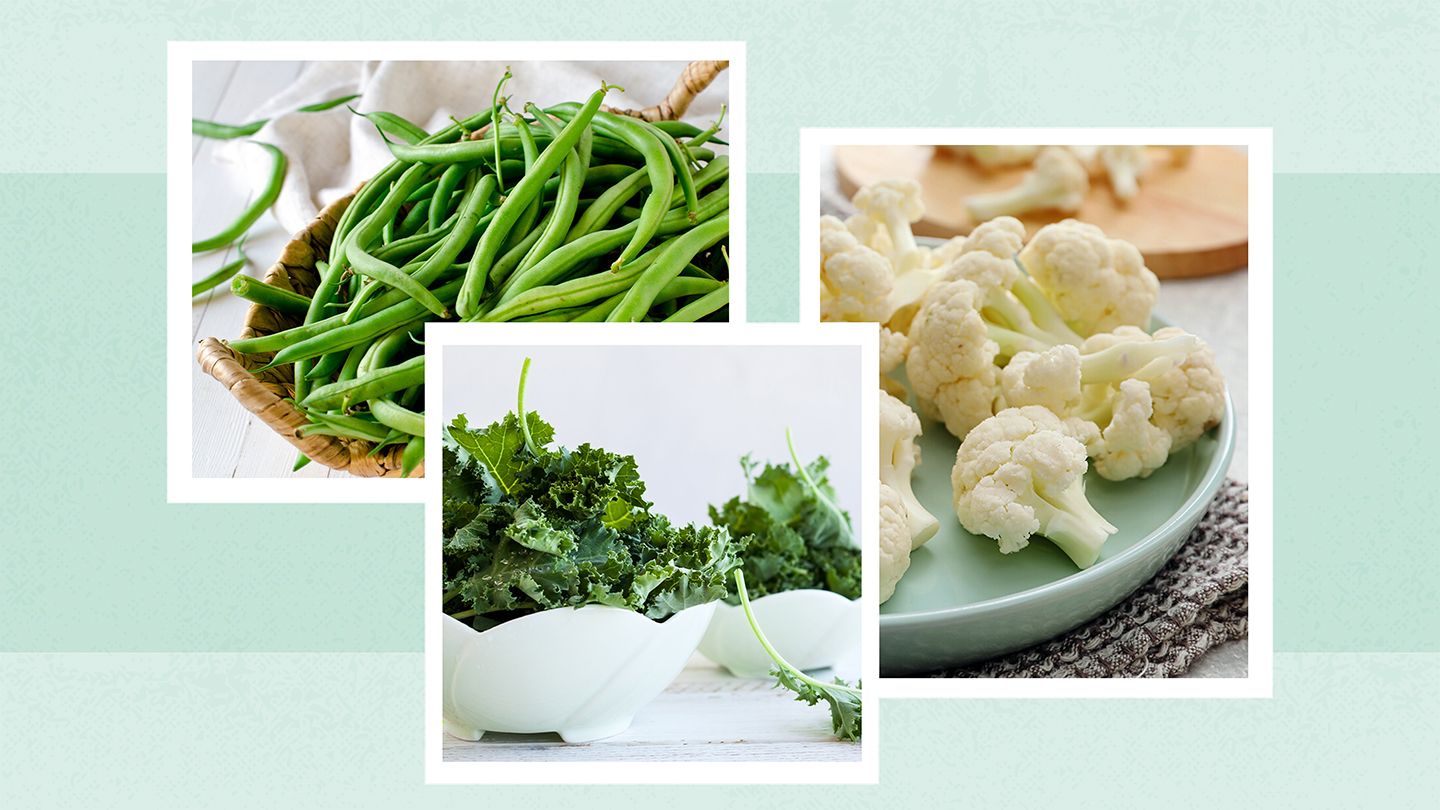Home>Gardening News and Trends>Latest News>What Vegetables Are In Pho
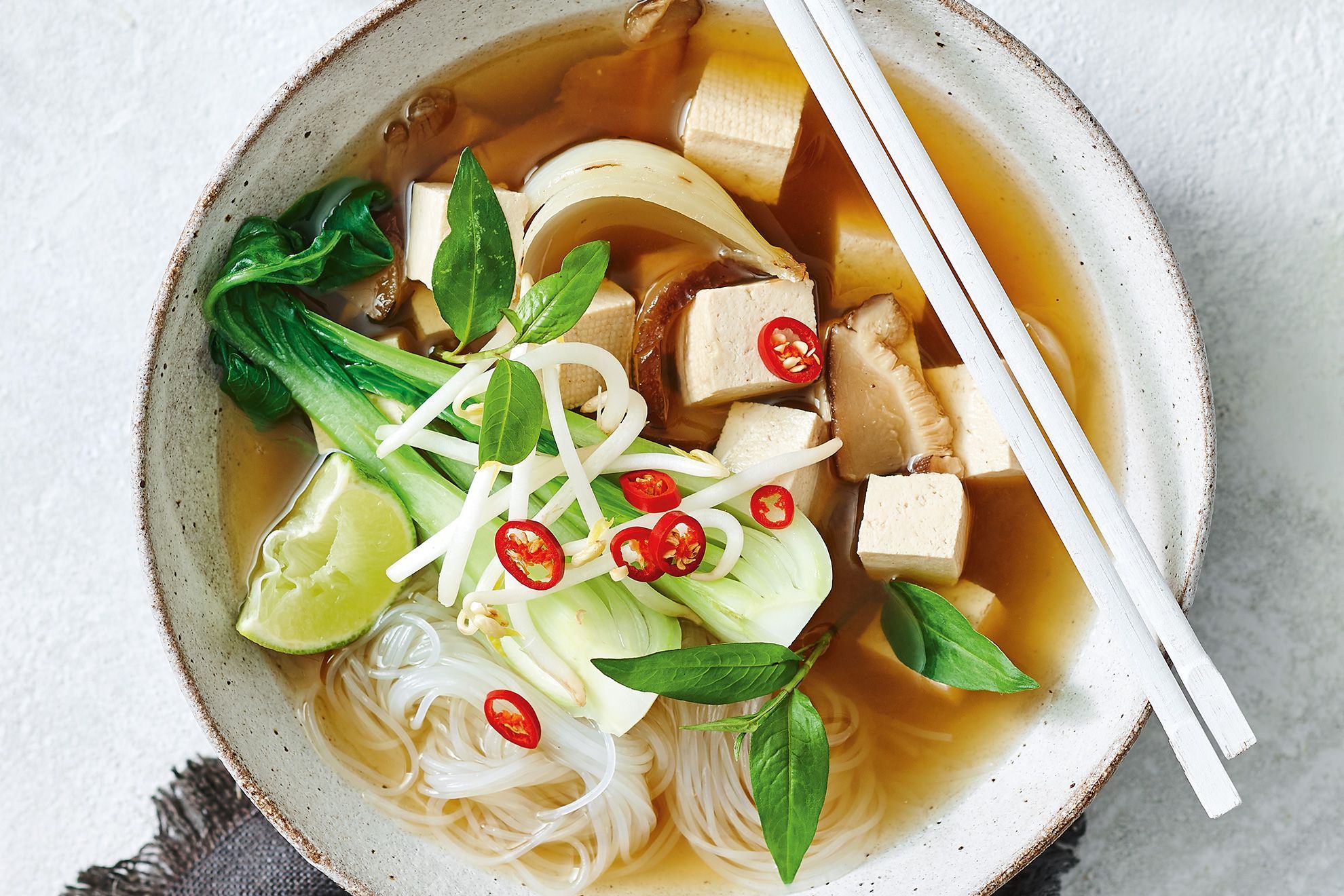

Latest News
What Vegetables Are In Pho
Modified: January 22, 2024
Discover the latest news on what vegetables are commonly found in Pho. Learn more about the nutritious ingredients that make this Vietnamese soup so flavorful and satisfying!
(Many of the links in this article redirect to a specific reviewed product. Your purchase of these products through affiliate links helps to generate commission for Chicagolandgardening.com, at no extra cost. Learn more)
Table of Contents
Introduction
Pho is a popular Vietnamese dish that has gained immense popularity around the world. This aromatic and flavorful soup is made with a rich broth, rice noodles, and an array of delicious ingredients. While meat is often the star of this dish, vegetables play a crucial role in adding freshness, texture, and nutrition to the overall pho experience.
The history of pho dates back to the early 20th century in Northern Vietnam. It was originally a street food staple and later evolved into a beloved national dish. Pho’s journey from a humble street food to a global sensation is a testament to its irresistible flavors and comforting nature.
To truly appreciate pho, it’s essential to understand its components. A traditional bowl of pho consists of three main parts: the broth, the noodles, and the toppings. The broth, typically made from simmering beef bones and spices for hours, is the heart and soul of pho. The noodles, made from rice flour, provide a delicate and chewy texture. And the toppings, including an assortment of vegetables, herbs, and condiments, add layers of freshness and complexity.
When it comes to the vegetables used in pho, there is a wide variety to choose from. The selection of vegetables can vary depending on personal preferences and regional variations. However, certain vegetables are commonly found in pho, providing a harmonious balance of flavors and textures.
In this article, we will explore the different types of vegetables that are commonly used in pho. We will also provide tips for selecting and preparing vegetables for pho, as well as discuss vegetarian and vegan options for those who prefer plant-based alternatives. So, whether you’re a pho aficionado or a curious food lover, get ready to discover the wonderful world of vegetables in pho!
The History of Pho
Pho, pronounced as “fuh,” is a beloved Vietnamese dish that has a fascinating history steeped in cultural and culinary traditions. This flavorful soup is believed to have originated in the early 20th century in Northern Vietnam, specifically in Hanoi or Nam Dinh province.
The exact origins of pho are still debated among food historians, but it is widely believed to have been influenced by both French and Chinese cuisines. French colonialists introduced the concept of boiling beef bones for broth, while Chinese immigrants brought rice noodles to Vietnam. These culinary influences combined with local Vietnamese ingredients and cooking techniques ultimately gave birth to the iconic dish we know as pho.
Originally, pho was a humble street food that catered to the working class. It was a warm and satisfying meal that provided nourishment and comfort. It gained popularity throughout Vietnam, with each region adding its own twist to the recipe. Today, there are two main regional variations of pho: Pho Bac (Northern-style pho) and Pho Nam (Southern-style pho).
During the Vietnam War, pho became an essential part of the diet for both soldiers and civilians. As a result, many Vietnamese people who fled the country as refugees brought the knowledge and love for pho to their new homes around the world. This diaspora played a significant role in popularizing pho in various countries, including the United States, France, Australia, and Canada.
In recent years, pho has gone through a renaissance, attracting a global following and earning its place on menus in upscale restaurants. Chefs and food enthusiasts have started experimenting with modern interpretations of pho, incorporating different flavors, ingredients, and even vegetarian and vegan options.
Today, pho is not just a delicious dish; it represents the rich culture and history of Vietnam. It has become a symbol of Vietnamese cuisine and a bridge between different communities, connecting people from all walks of life through their love for this flavorful and aromatic soup.
Understanding the Components of Pho
To truly appreciate the complexity and depth of flavor in a bowl of pho, it is important to understand the different components that make up this iconic Vietnamese dish. Pho is a harmonious fusion of three main elements: the broth, the noodles, and the toppings.
The broth is the soul of pho. It is traditionally made by simmering beef bones, such as oxtail, along with fragrant herbs and spices for several hours. This slow cooking process extracts the rich umami flavors from the bones and imparts them into the broth. The result is a deeply flavorful and aromatic base that forms the foundation of the dish.
The noodles used in pho are typically flat rice noodles, also known as bánh phở. These noodles are made from rice flour and water, giving them a delicate yet chewy texture. The thickness of the noodles can vary, with some versions offering thinner strands for a lighter mouthfeel, while others opting for wider noodles that provide more substance.
In addition to the broth and noodles, the toppings in pho are what bring the dish to life. These toppings often include a combination of thinly sliced meats, such as beef or chicken, which are briefly cooked in the hot broth. The heat of the broth cooks the meat to perfection, resulting in tender and flavorful slices.
Vegetables are another essential component of pho toppings. They add freshness, crunch, and a nutritional boost to the dish. Common vegetables found in pho include bean sprouts, Thai basil, cilantro, lime wedges, and thinly sliced onions. These vegetables not only enhance the visual appeal of the dish but also provide a contrast of flavors and textures that complement the rich broth and tender meats.
Condiments and sauces play a crucial role in customizing the flavors of pho. Fish sauce, hoisin sauce, and Sriracha are commonly served alongside pho, allowing diners to add a touch of sweetness, tanginess, or heat to suit their taste preferences.
Pho embodies the concept of balance in its components. The savory and aromatic broth, combined with the delicate rice noodles, creates a harmonious base. The addition of meats, vegetables, and condiments adds layers of flavors and textures, making each bite a delightful and satisfying experience.
Now that we have a better understanding of the components of pho, we can delve deeper into the role that vegetables play in this delectable Vietnamese soup.
Types of Vegetables Used in Pho
When it comes to the assortment of vegetables used in pho, there is a wide variety to choose from, each adding its own unique flavors and textures to the dish. Vegetables not only provide a refreshing and crunchy element to the bowl of pho but also contribute to its overall nutritional value. Here are some common types of vegetables commonly found in pho:
- Bean Sprouts: Bean sprouts are a staple in pho, providing a crunchy texture and a fresh, slightly sweet taste. They add a subtle crunch to each spoonful and are often piled on top of the noodles or served as a side garnish.
- Thai Basil: Thai basil is a variety of basil with a distinct anise-like flavor and a hint of citrus. It adds a fragrant aroma and a slightly minty taste to pho. Thai basil is usually torn into smaller pieces and added to the soup just before eating, allowing its flavors to infuse the broth.
- Cilantro: Cilantro, also known as coriander, is an herb that adds a fresh and citrusy flavor to pho. Its bright green leaves are often sprinkled on top of the bowl of pho, providing a vibrant pop of color and a burst of herbal freshness.
- Lime Wedges: Lime wedges are commonly served alongside pho, allowing diners to squeeze the juice into the hot broth. The tangy acidity of lime juice not only enhances the overall flavor of the dish but also helps to cut through the richness of the broth.
- Thinly Sliced Onions: Thinly sliced onions impart a mild and slightly sweet flavor to pho. They are typically added to the soup as a topping, adding a subtle crunch and a hint of sharpness.
These vegetables are key players in pho, adding freshness, vibrant colors, and a variety of flavors to the dish. They not only enhance the overall taste but also provide a nutritious boost, ensuring a well-rounded and satisfying meal.
It’s important to note that the selection of vegetables used in pho can vary depending on personal preferences and regional variations. Some variations of pho may include additional vegetables such as sawtooth herb, mung bean sprouts, or sliced jalapeños for added heat.
Now that we’ve explored the types of vegetables commonly found in pho, let’s move on to some tips for choosing and preparing these vegetables to ensure the best pho experience.
Common Vegetables Found in Pho
Pho, the traditional Vietnamese soup, is often accompanied by a variety of vegetables that add freshness, texture, and flavor to the dish. While the specific vegetables used can vary based on personal preference and regional variations, there are some common vegetables that are frequently found in pho. These vegetables not only provide a delightful crunch but also contribute to the overall nutritional value of the soup.
One of the most common vegetables found in pho is bean sprouts. These sprouts bring a refreshing and crisp element to the dish. Bean sprouts are typically added to the pho during the final stage of cooking or can be served on the side as a garnish. They provide a satisfying crunch and a subtle sweetness, enhancing the overall texture and flavor profile of the soup.
Thai basil is another staple vegetable in pho. This herb has a distinct aroma and flavor, with a slight hint of anise and citrus. Thai basil leaves are torn into smaller pieces and added as a garnish to the pho just before serving. The fragrance and taste of Thai basil complement the rich and savory broth, adding a fresh and aromatic touch to each spoonful.
Cilantro, also known as coriander, is commonly used in pho as a topping. Known for its vibrant green color and refreshing flavor, cilantro leaves add brightness to the dish. They bring a citrusy and herbaceous note that complements the other ingredients, enhancing the overall taste and visual appeal of the pho.
Thinly sliced onions are another vegetable commonly found in pho. These onions add a touch of sharpness and sweetness to the dish. They are typically added as a topping, providing a subtle crunch and additional depth of flavor. The onions also absorb the warmth of the broth, becoming slightly tender and releasing their aromatic essence.
Lime wedges are an essential accompaniment to pho. Served alongside the soup, lime wedges provide a tangy and acidic element. Squeezing lime juice into the pho not only adds a burst of citrusy flavor but also helps to cut through the richness of the broth, providing a refreshing contrast.
These vegetables are in harmony with the other components of pho, adding subtle nuances and enhancing the overall taste experience. While these vegetables are commonly found in pho, it’s worth noting that different pho variations and personal preferences may introduce additional vegetables such as sawtooth herb, mung bean sprouts, or sliced jalapeños.
Now that we have explored the common vegetables found in pho, let’s move on to some tips for choosing and preparing these vegetables to ensure the best pho experience.
Tips for Choosing and Preparing Vegetables for Pho
When it comes to enjoying a bowl of pho, the freshness and quality of the vegetables can greatly impact the overall taste and experience. Here are some tips for choosing and preparing vegetables to ensure the best pho experience:
- Select fresh and vibrant vegetables: When choosing vegetables for pho, opt for those that are crisp, vibrant in color, and free of blemishes. Fresh vegetables not only enhance the visual appeal of the dish but also provide optimal flavor and texture.
- Source local and seasonal produce: Whenever possible, choose locally grown and seasonal vegetables. This ensures that you’re getting the freshest produce available, packed with the most flavor and nutrition. Local and seasonal vegetables also support sustainability and the local economy.
- Wash and clean vegetables properly: Before using the vegetables, make sure to wash them thoroughly under cold running water. This helps to remove any dirt, bacteria, or residues. Trim off any wilted leaves or tough stems and discard them.
- Cut vegetables into uniform sizes: To ensure even cooking and consistent presentation, slice or chop the vegetables into uniform sizes. This allows for even distribution of flavors and textures throughout the pho.
- Add vegetables at the right time: The timing of adding vegetables to the pho is crucial. Some vegetables, like onion slices and bean sprouts, can be added directly to the hot broth. However, for delicate herbs like Thai basil and cilantro, it’s best to add them just before serving to preserve their fresh flavors.
- Keep vegetables crisp and crunchy: The ideal texture of vegetables in pho is crisp and crunchy. To retain this texture, avoid overcooking the vegetables. They should still have a slight bite to them when added to the soup.
- Customize with additional vegetables and herbs: Feel free to experiment with additional vegetables and herbs to personalize your pho. Consider adding sliced jalapeños for a spicy kick or sawtooth herb for a unique flavor profile. These additions can take your pho to the next level of taste and enjoyment.
- Reserve some herbs as a garnish: To add a burst of freshness to each bite, reserve some herbs, such as Thai basil and cilantro, as a garnish. Place them on the table alongside lime wedges and additional condiments, allowing diners to customize their pho to their liking.
By following these tips, you can ensure that the vegetables in your pho are of the highest quality, enhancing the flavor, texture, and overall enjoyment of this iconic Vietnamese dish.
Vegetarian and Vegan Options in Pho
For those following a vegetarian or vegan diet, enjoying a flavorful and satisfying bowl of pho is still very much possible. While traditional pho often features meat-based broths and toppings, there are several delicious alternatives that cater to plant-based eaters. Here are some vegetarian and vegan options for pho:
Vegetable Broth: Instead of using a meat-based broth, vegetable broth can be used as a flavorful alternative. This broth can be made by simmering vegetables like onions, carrots, mushrooms, and aromatic herbs and spices. The vegetable broth still provides a rich and savory base for the pho, allowing for a satisfying and nourishing experience.
Tofu: Tofu is a versatile plant-based protein that can be used as a substitute for meat in pho. It can be cubed, marinated, and lightly pan-fried, or simply added directly to the hot broth. Tofu absorbs the flavors of the broth while providing a tender and meaty texture.
Tempeh: Similar to tofu, tempeh is made from soybeans but has a distinct nutty flavor and a firmer texture. It can be sliced or crumbled and added to the pho, offering a heartier plant-based protein option.
Mushrooms: Mushrooms are another fantastic option to add depth and umami to vegetarian or vegan pho. Varieties such as shiitake, oyster, or portobello mushrooms can be sautéed or simmered in the broth to impart a rich, meat-like flavor.
Vegetable Toppings: When it comes to vegetable toppings, the possibilities are endless. Bean sprouts, Thai basil, cilantro, thinly sliced onions, and lime wedges are still essential in vegetarian and vegan pho. These fresh and aromatic garnishes provide the same delightful burst of flavors and textures to the dish.
Vegan Condiments: The condiments typically served with pho, such as hoisin sauce and Sriracha, are often vegan-friendly. However, it is essential to check the labels as some commercially available versions may contain animal-derived ingredients. Alternatively, you can make your own vegan versions of these condiments using plant-based ingredients.
Vegetarian and vegan options in pho provide a delightful alternative for those who choose to avoid meat or animal products. These alternatives maintain the essence of pho with plant-based ingredients that still deliver a satisfying and nourishing experience.
Now that we have explored vegetarian and vegan options in pho, it’s time to embrace the endless possibilities and create your own plant-based pho masterpiece.
Conclusion
Pho, the iconic Vietnamese soup, is a culinary delight that has captivated taste buds around the world. Its rich and aromatic broth, delicate rice noodles, and flavorful toppings create a harmonious symphony of flavors and textures. While the focus of pho is often on the meat-based elements, such as the broth and meats, the vegetables play a vital role in enhancing the overall pho experience.
The vegetables in pho add freshness, crunch, and a nutritional boost to the dish. Bean sprouts, Thai basil, cilantro, lime wedges, and thinly sliced onions are common vegetable toppings that provide a wonderful balance of flavors and textures. These vegetables complement and elevate the richness of the broth and meats, creating a delightful and well-rounded culinary experience.
Whether you choose to enjoy traditional pho or opt for vegetarian and vegan alternatives, there are countless ways to customize your bowl of pho to suit your preferences and dietary needs. Vegetarian and vegan options like vegetable broth, tofu, tempeh, and mushrooms offer fantastic alternatives for plant-based eaters.
When selecting and preparing vegetables for pho, it’s important to choose fresh, vibrant produce, wash them properly, and cut them into uniform sizes. Adding vegetables at the right time helps them maintain their crispness and crunch. It’s also worth experimenting with additional vegetables and herbs to personalize your pho experience.
Pho is not just a dish; it represents the rich culture and history of Vietnam. It has the power to bring people together, transcending borders and uniting food enthusiasts from all walks of life. Whether you enjoy pho at a street-side eatery in Hanoi or in a trendy restaurant in a cosmopolitan city, the vibrant vegetables in pho will always be a cherished part of the pho experience.
So, whether you’re a fan of the classic beef-based pho or prefer a vegetarian twist on this beloved dish, don’t forget to savor the variety of vegetables in each spoonful. Let the exquisite flavors, textures, and aromas transport you to the vibrant streets of Vietnam, where the charm and deliciousness of pho are celebrated with every bowl.


